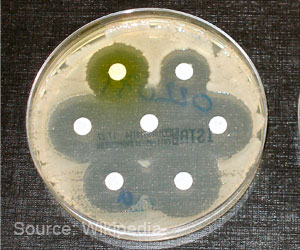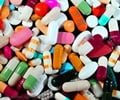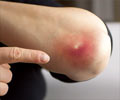Study reveals that some ant species produce powerful antibiotics which can inspire a new generation of antibiotics.
- Solenopsis molesta, also known as the thief ant was the ant species found to produce the most powerful antimicrobial agents.
- While sixty percent of ant species tested produced antimicrobial agents against the bacteria used, the remaining did not produce any at all.
- Ants that produce antibiotics could be the source of new antibiotics that could help fight human diseases.
Study overview
The study conducted by North Carolina State University scientists tested the antimicrobial properties of twenty different ant species.- First, a solvent was used to remove all substances from the surface of the ant’s body.
- This solution was then introduced to a bacterial slurry.
- Growth of bacteria in the slurry was then compared to the growth of bacteria in a control group that did not contain the ant’s surface substances.
Study findings
- Twelve of the twenty ant species (sixty percent) tested had antimicrobial agents on their exoskeletons.
- The other eight ant species did not make antibiotics against the bacteria that were used in the study.
- An ant species called Solenopsis molesta also known as the thief ant had the most powerful antibiotic properties. This study was also the first to report antimicrobials in few ant species including the thief ant.
"We thought every ant species would produce at least some type of antimicrobial," says Clint Penick, an assistant research professor at Arizona State University says. "Instead, it seems like many species have found alternative ways to prevent infection that does not rely on antimicrobial chemicals."
The study suggests that instead of looking for antibiotics in all species of ants, it is better to refine the search for species that hold promise.
Study limitations
The study only takes into account 20 ant species when there are over 12,000 different species in the world. Moreover, the antimicrobial activity was tested for only a particular bacteria. It is highly possible that the ant species that did not produce any antimicrobial agents against the bacteria used in the study produce antimicrobials against other bacterial strains."Next steps include testing ant species against other bacteria; determining what substances are producing the antibiotic effects - and whether ants produce them or obtain them elsewhere; and exploring what alternative strategies ants use to defend against bacterial pathogens," Smith says.
References:
- Clint A. Penick, Omar Halawani, Bria Pearson and Adrian A. Smith, Stephanie Mathews, Campbell University; Margarita López-Uribe, and Robert R. Dunn. “External immunity in ant societies: sociality and colony size do not predict investment in antimicrobials” Royal Society Open Science DOI: 10.1098/rsos.171332
















